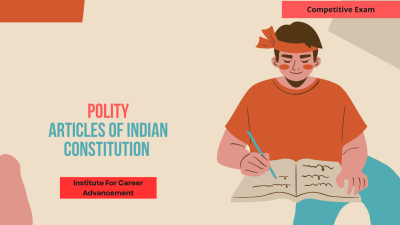Independence with Partition
Independence with Partition refers to the moment in 1947 when British India gained independence, leading to the creation of two separate nations: India and Pakistan. The partition was a result of mounting religious tensions between Hindus and Muslims, which led to the division of the subcontinent into a Hindu-majority India and a Muslim-majority Pakistan. The partition caused widespread violence, mass migrations, and significant loss of life, as millions of people were displaced along the newly drawn borders. Pakistan was created on August 14, 1947, while India gained independence on August 15, 1947. The partition remains one of the most traumatic and defining events in the history of both nations. দেশভাগের সঙ্গে স্বাধীনতা 1947 সালের সেই মুহূর্তকে বোঝায় যখন ব্রিটিশ ভারত স্বাধীনতা অর্জন করেছিল, যার ফলে দুটি পৃথক জাতি তৈরি হয়েছিলঃ ভারত ও পাকিস্তান। এই বিভাজন হিন্দু ও মুসলমানদের মধ্যে ক্রমবর্ধমান ধর্মীয় উত্তেজনার ফল ছিল, যার ফলে উপমহাদেশটি হিন্দু-সংখ্যাগরিষ্ঠ ভারত এবং মুসলিম-সংখ্যাগরিষ্ঠ পাকিস্তানে বিভক্ত হয়েছিল। দেশভাগের ফলে ব্যাপক সহিংসতা, গণ অভিবাসন এবং উল্লেখযোগ্য প্রাণহানির ঘটনা ঘটে, কারণ লক্ষ লক্ষ মানুষ নতুন টানা সীমান্তে বাস্তুচ্যুত হয়েছিল। 1947 সালের 14ই আগস্ট পাকিস্তান গঠিত হয় এবং 1947 সালের 15ই আগস্ট ভারত স্বাধীনতা লাভ করে। এই বিভাজন উভয় দেশের ইতিহাসে সবচেয়ে বেদনাদায়ক এবং সংজ্ঞায়িত ঘটনাগুলির মধ্যে একটি।
English
Last updated
Sat, 01-Mar-2025



















